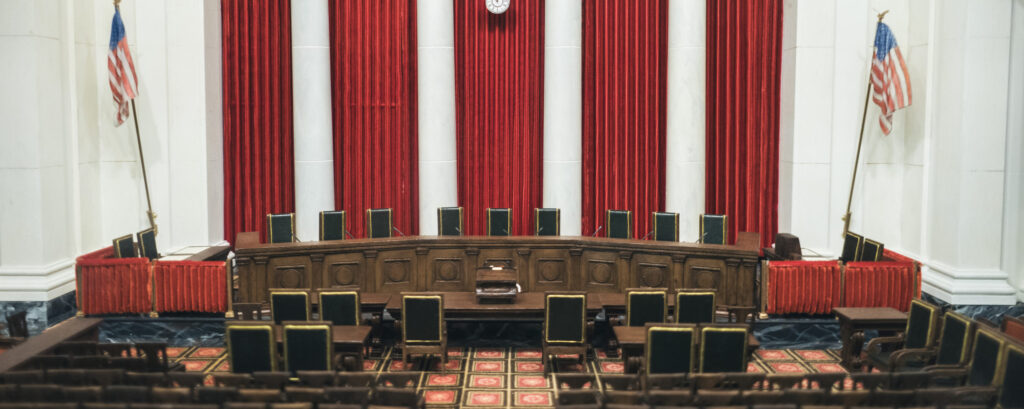
Will the Supreme Court raise the bar on worker retaliation lawsuits?
On April 24, 2013, the United States Supreme Court will hear arguments from a Texas hospital asking the Court to raise the burden for workers trying to prove employer retaliation. In addition to the hospital’s argument, the Supreme Court will review amicus briefs from the United States Chamber of Commerce and other advocacy groups who agree with the hospital that the Court should adopt a tougher standard for employees in retaliation lawsuits.
In the case, University of Texas Southwestern Medical Center v. Nassar, the Court will face a broad question that has split the circuit courts: In order to win a retaliation case under Title VII and other similar statutes, do employees only need to show that the employer had an improper “mixed motive”, or must the employee bear the tougher burden of proving that the employer would not have taken the adverse employment action “but for” an improper motive?
The hospital and its supporters are urging the Court to adopt the tougher “but for” standard. Under the more lenient “mixed motive” standard, a disgruntled employee need only prove that the employer’s improper motive was one of multiple reasons for the adverse employment action. In contrast, the more stringent “but for” burden would require the employee to prove that the adverse employment action would not have happened but for the employer’s improper motive.
Supporters of the more strict standard warn that the “mixed motive” standard would have a significant negative impact on employers as it would allow employees to sue even if an employer would have made the same decision if it had not considered the improper factor. In addition, an employer could be found liable for considering one factor among many in what is already a highly subjective employment decision, and the lower burden would make it harder for employers to defend against meritless retaliation lawsuits at the summary judgment stage – forcing employers to consider costly settlements in order to avoid the risk of a jury trial.
The case highlights a circuit split on the proper standard to apply. While the First, Sixth and Seventh Circuits have adopted the tougher “but for” standard, the Fifth and Eleventh Circuits have used the more lenient “mixed motive” standard. The Supreme Court’s ruling on this issue, expected in June at the end of this term, should resolve this circuit split and provide some much-needed guidance on this issue.
If you have questions or concerns about this decision or other legal issues in the field of employment law, please feel free to contact Connie Carrigan at ccarrigan@smithdebnamlaw.com.

